Discover the exquisite beauty and craftsmanship of the Hamon Katana, where tradition meets artistry in every blade. Our Hamon Katanas are meticulously crafted to showcase the stunning hamon, a unique temper line that reflects the skill and dedication of master swordsmiths. Perfect for collectors and martial arts enthusiasts, these katanas offer a tangible connection to the rich heritage of the samurai. Elevate your collection with a Hamon Katana, a masterpiece that embodies the perfect blend of form and function. Experience the elegance and precision of this iconic sword, and let the Hamon Katana bring the spirit of the samurai into your life.
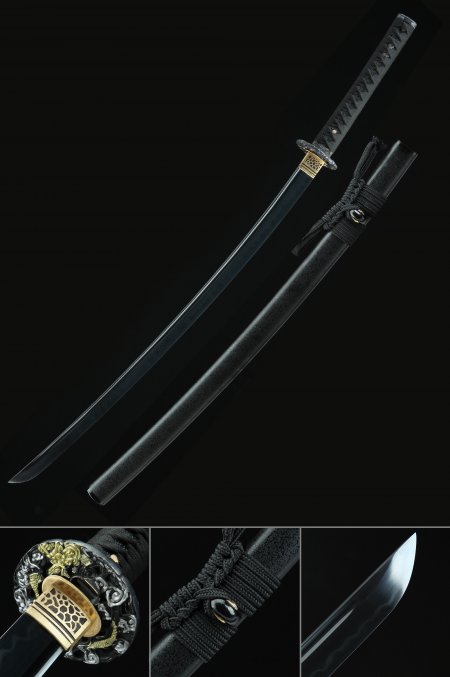
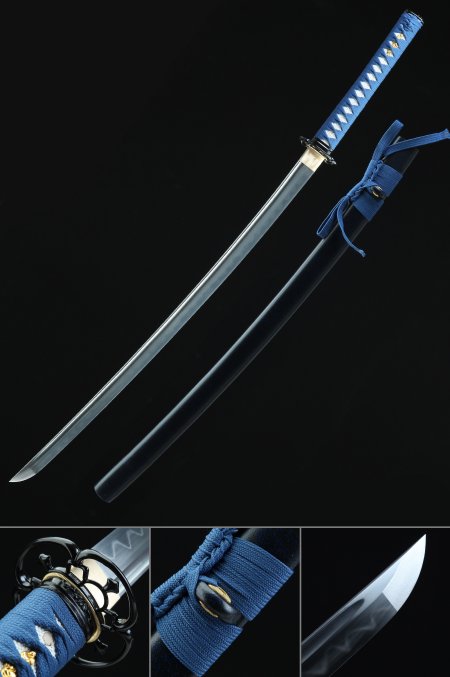
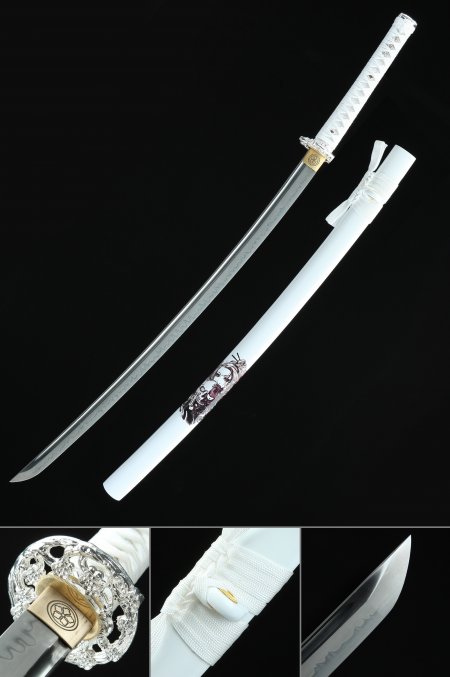
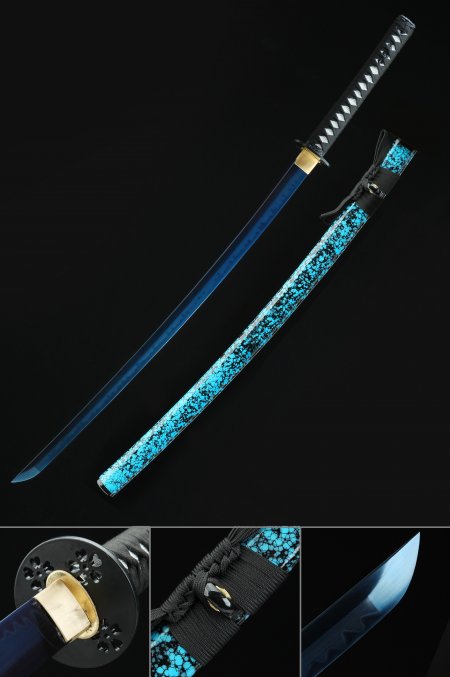
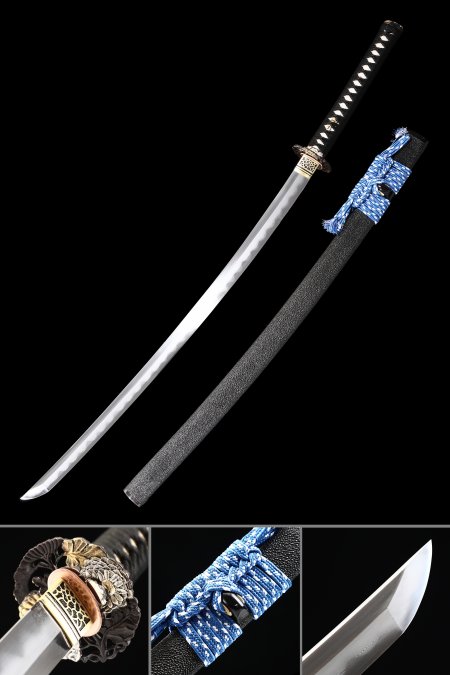
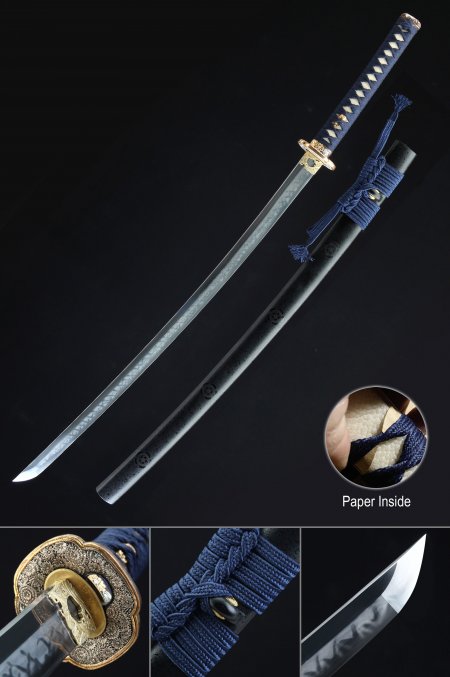
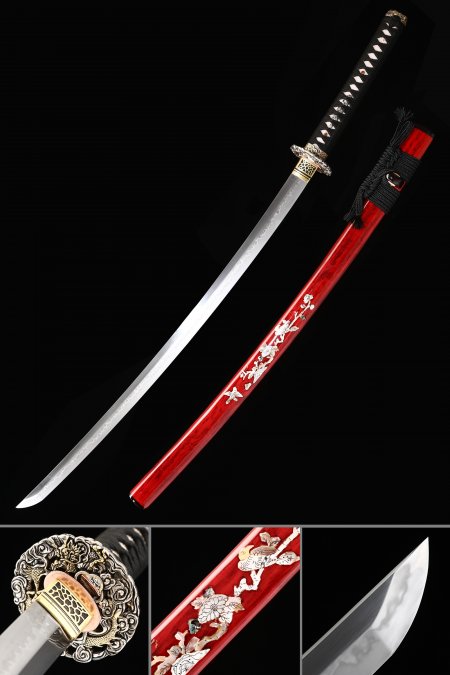

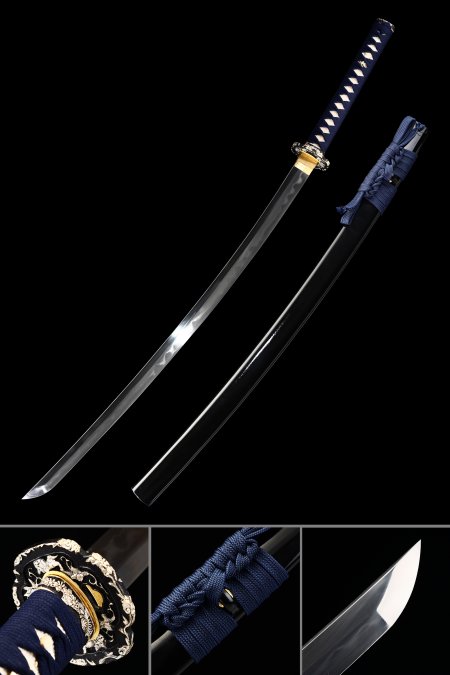
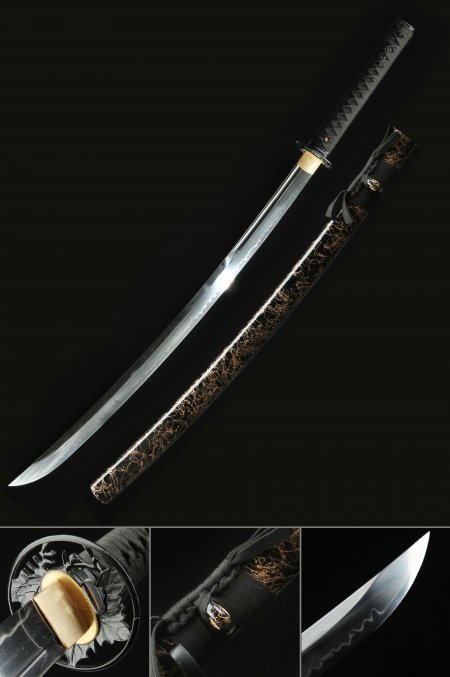
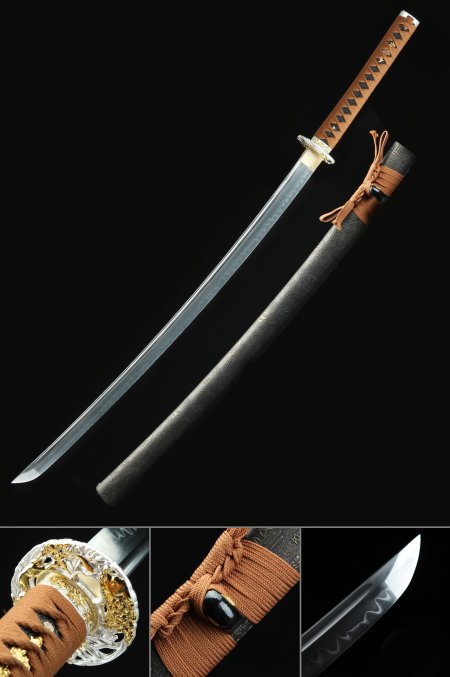
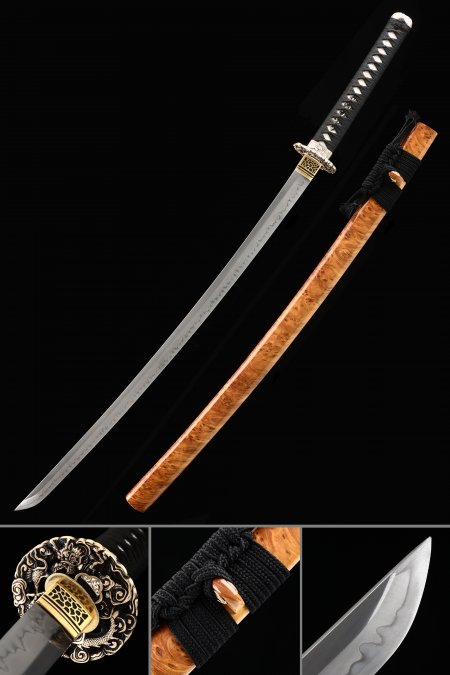
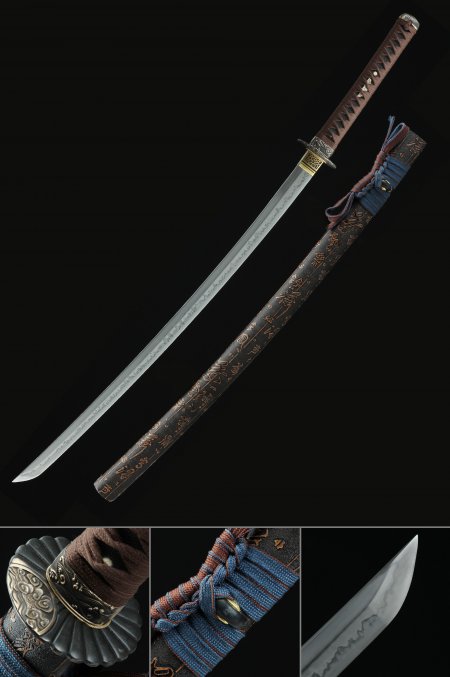
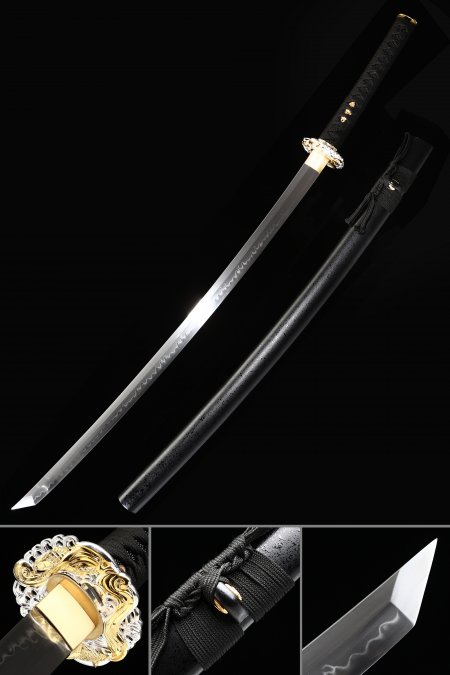
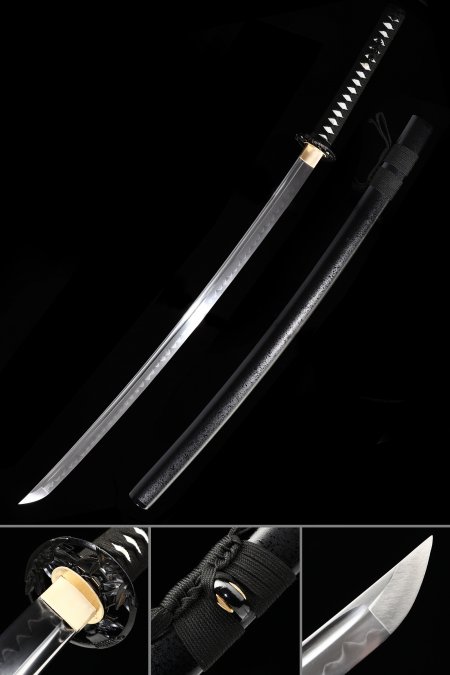
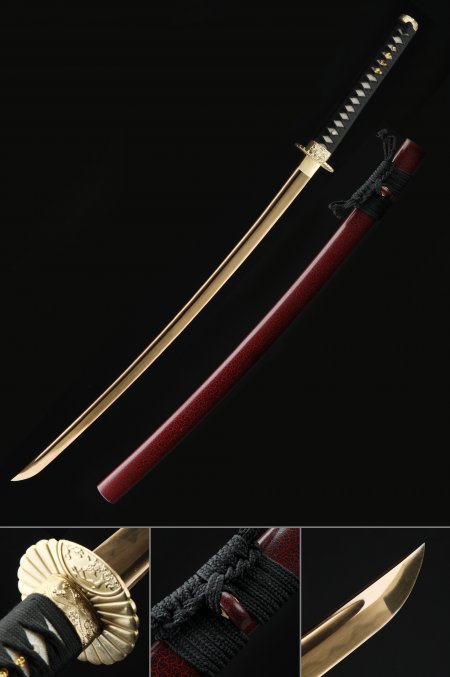
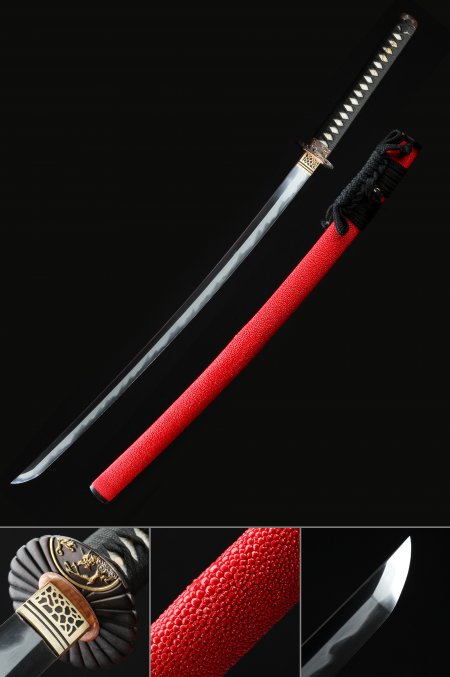

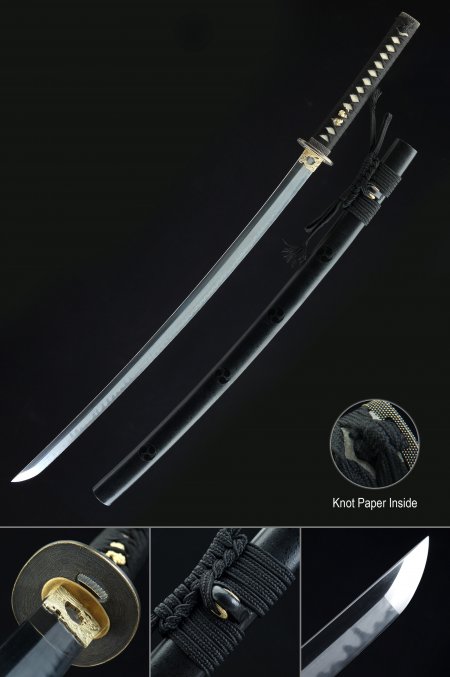
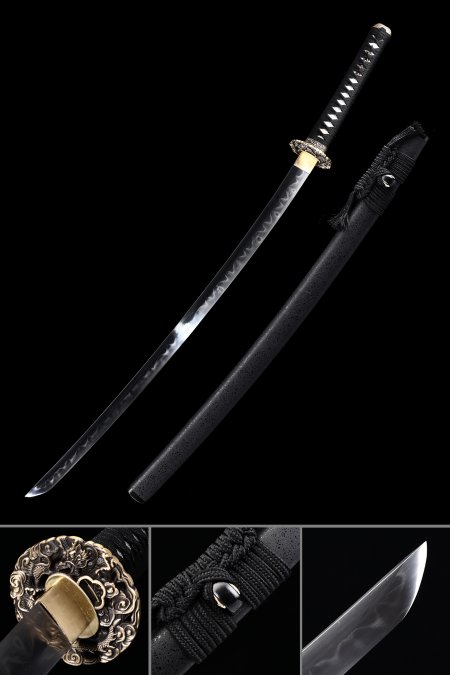
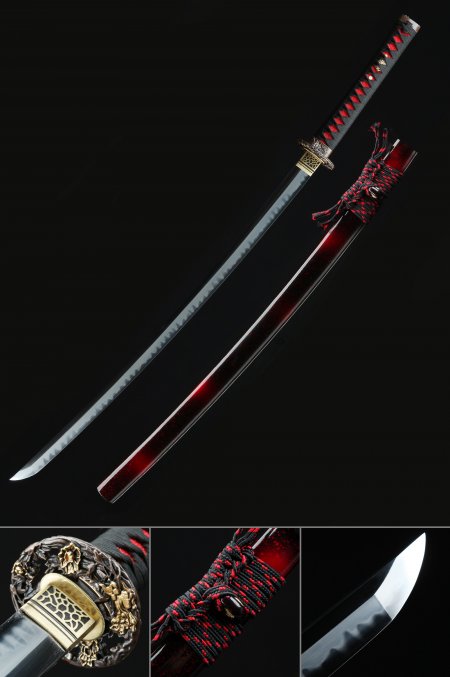
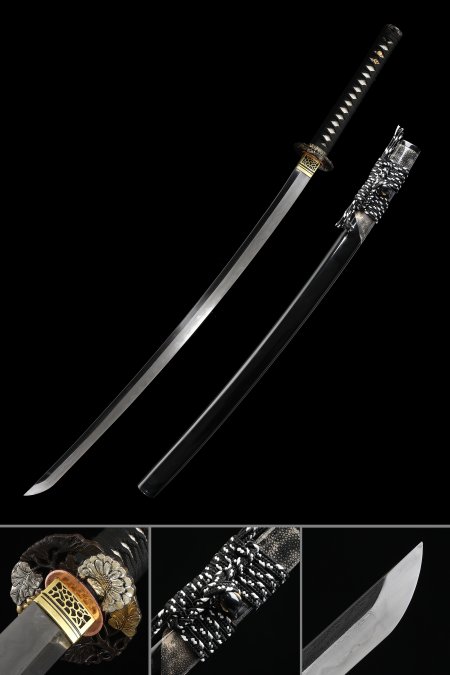
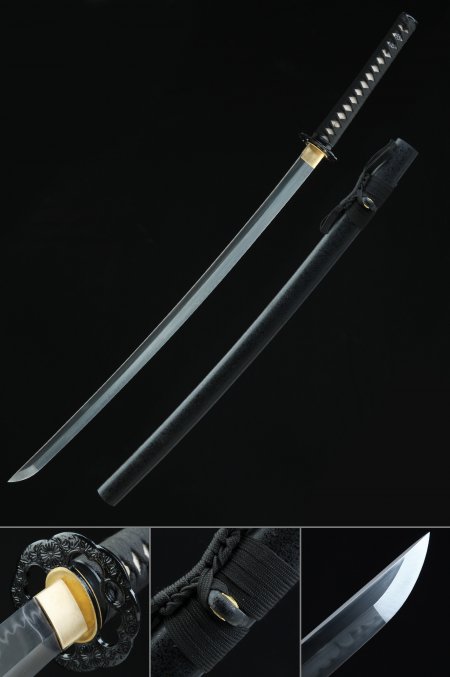
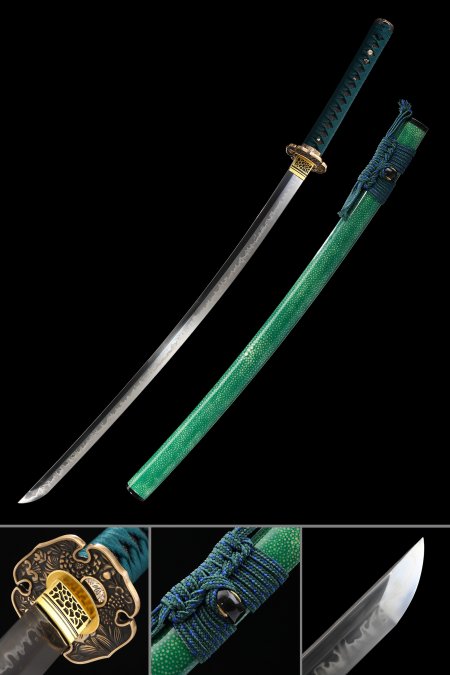
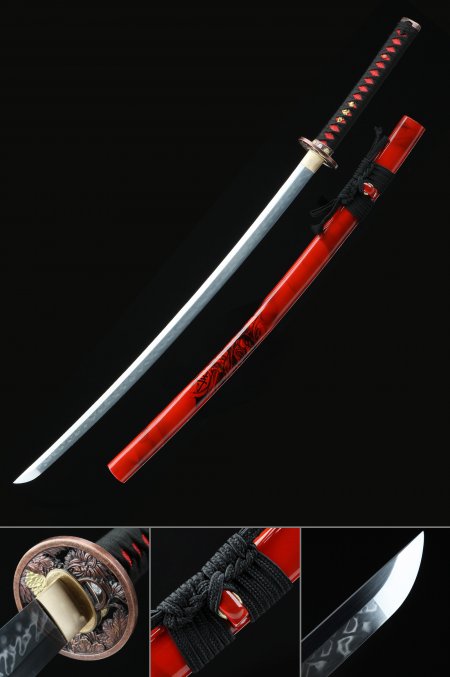
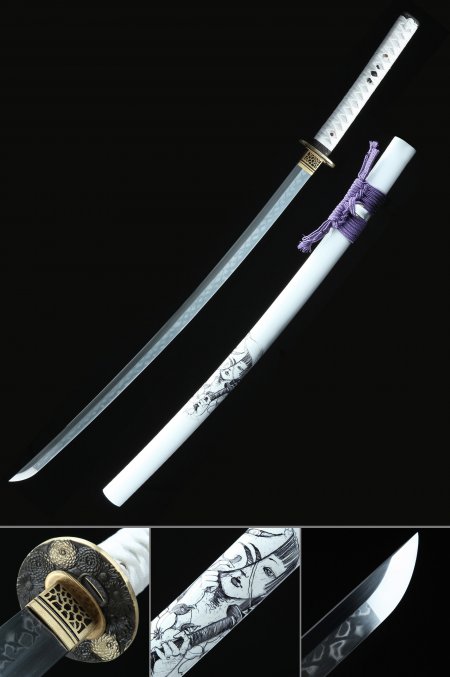

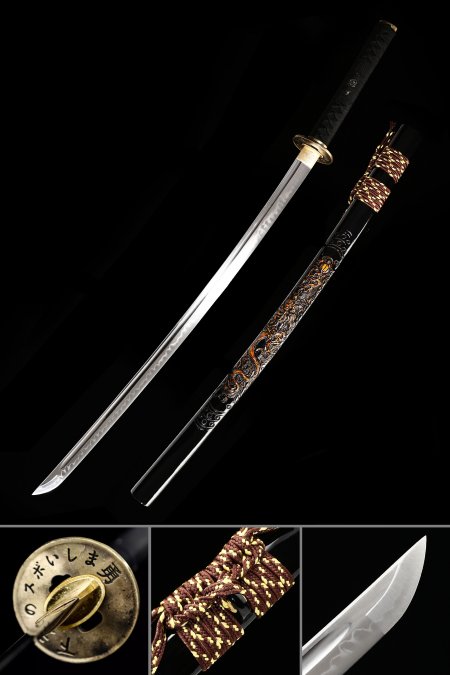
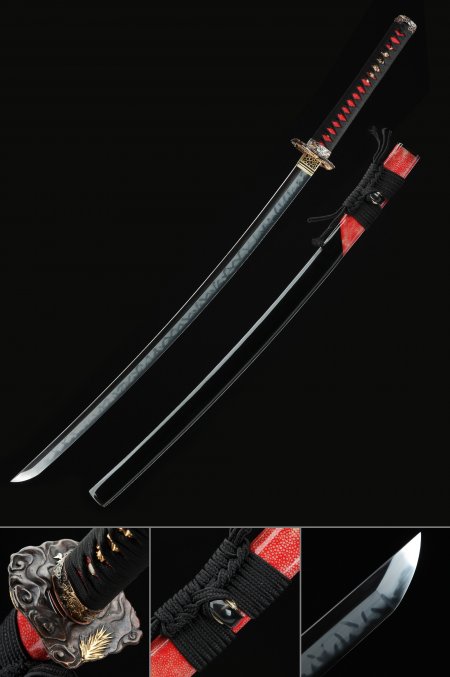
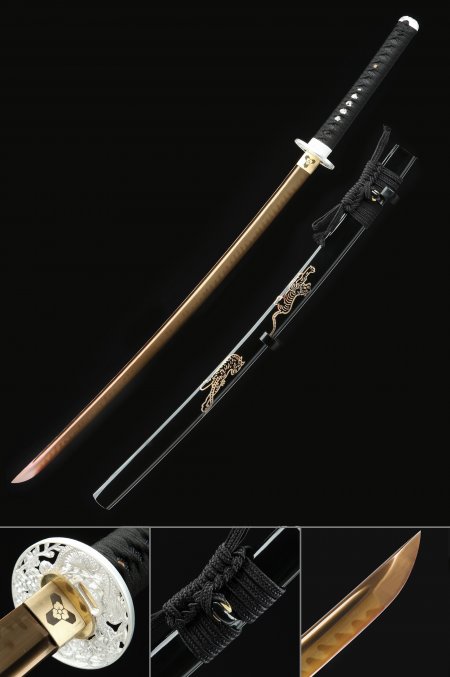
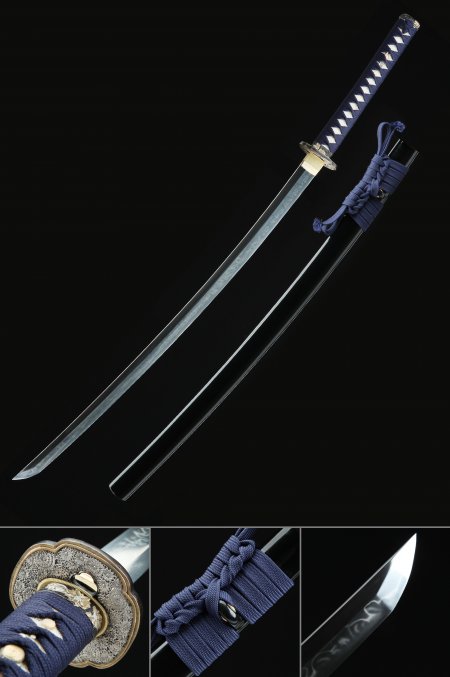
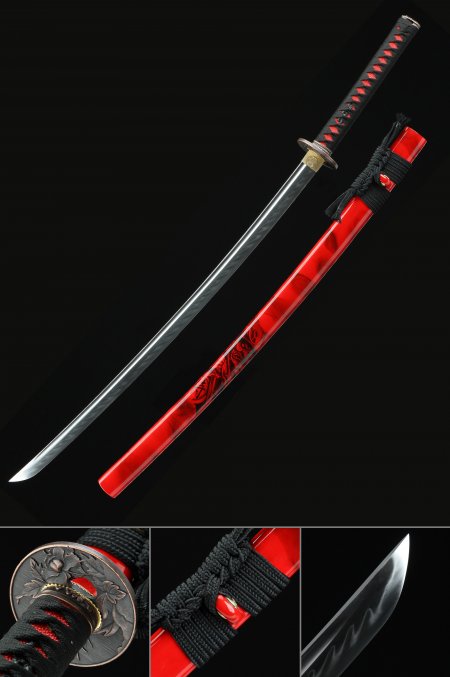
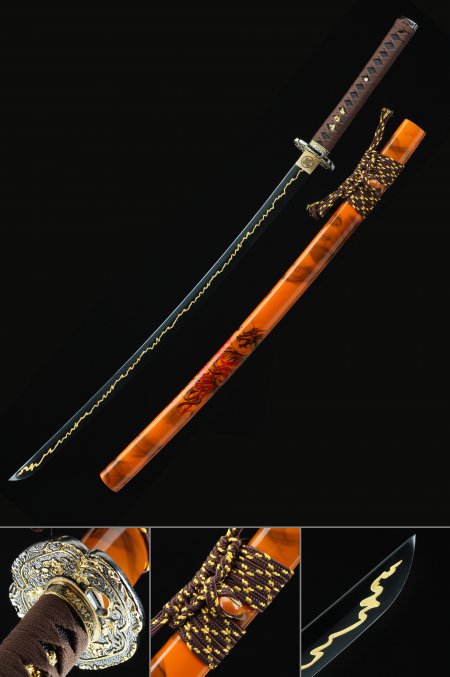
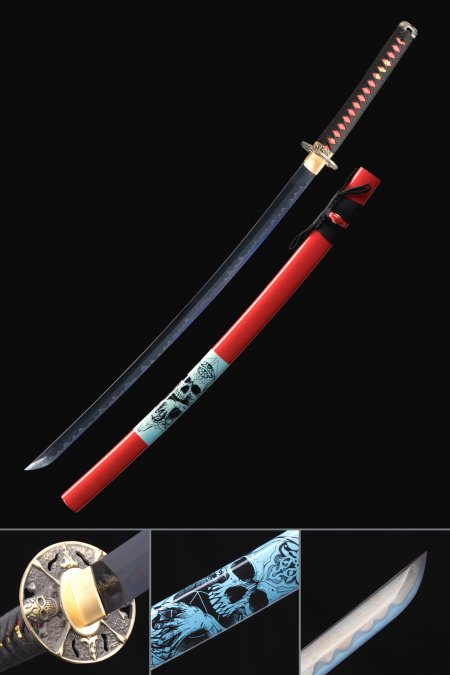
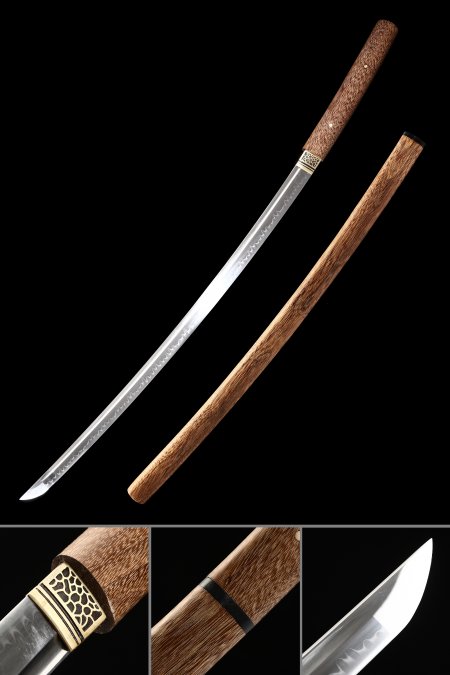
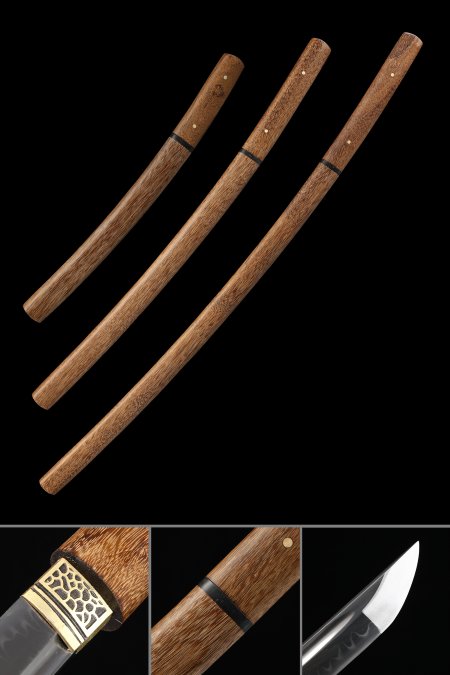
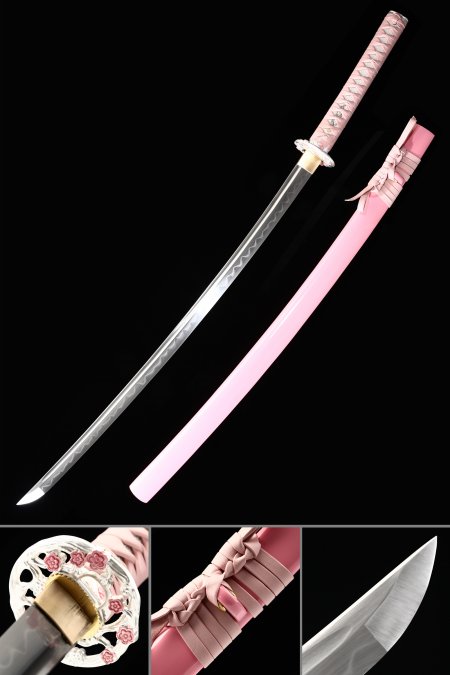

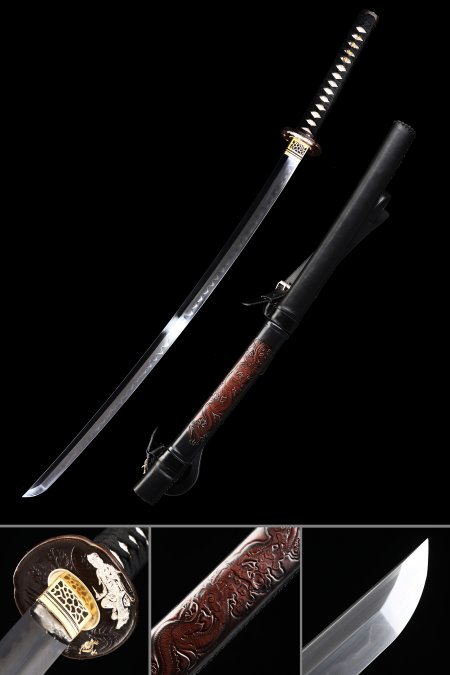
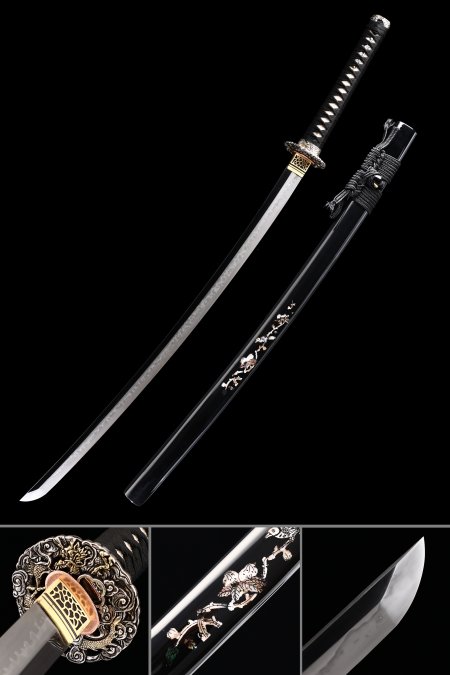
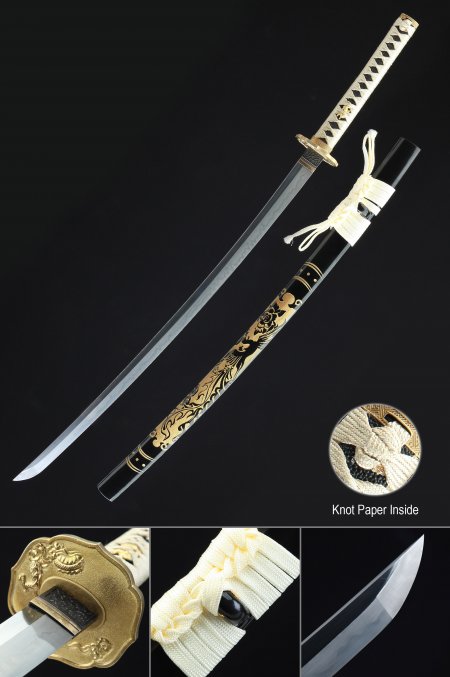
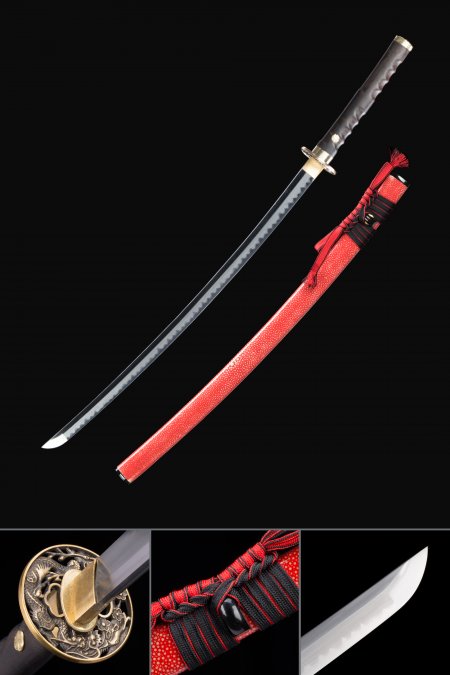

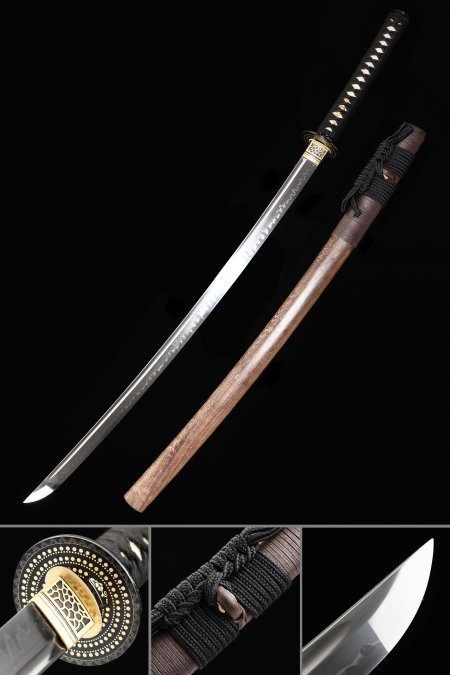

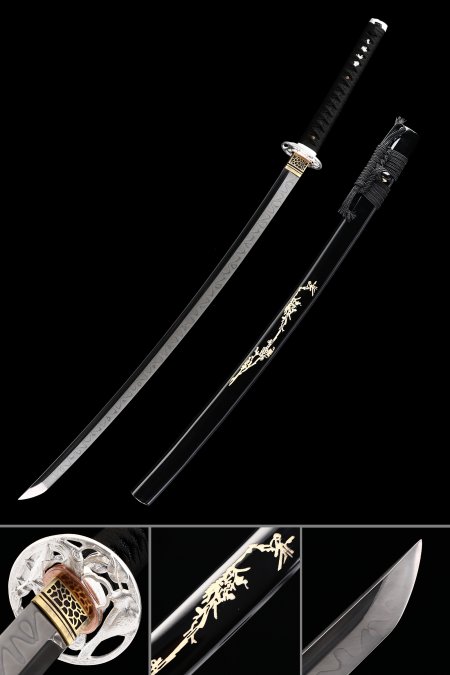
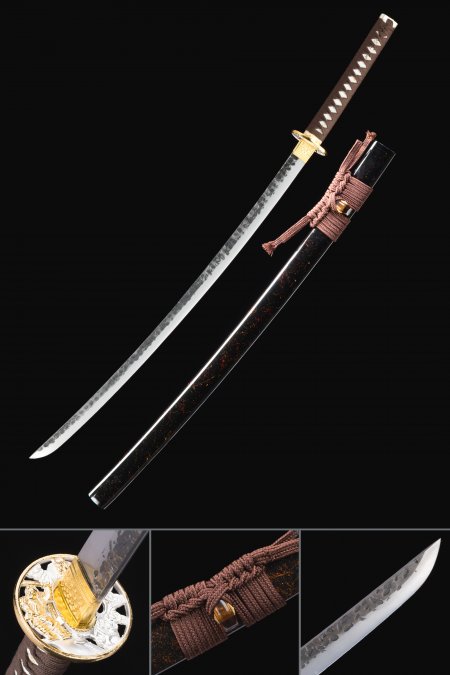
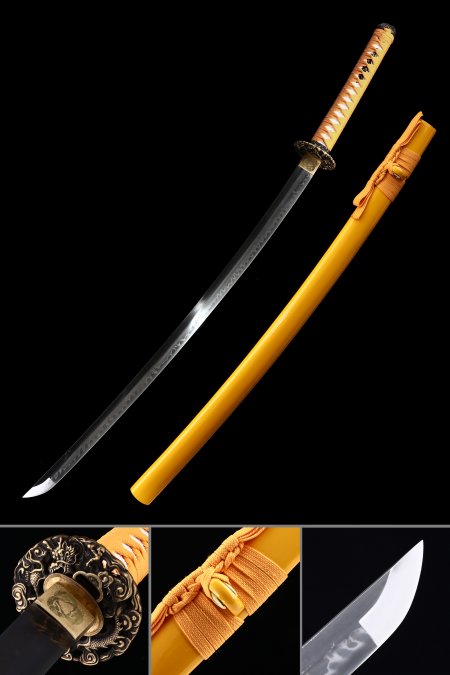
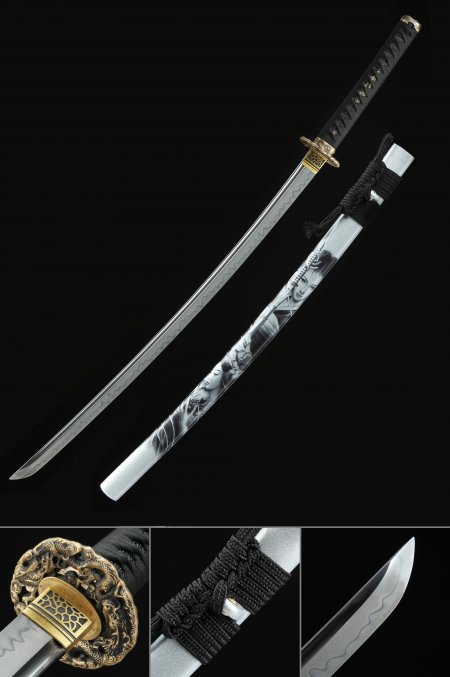
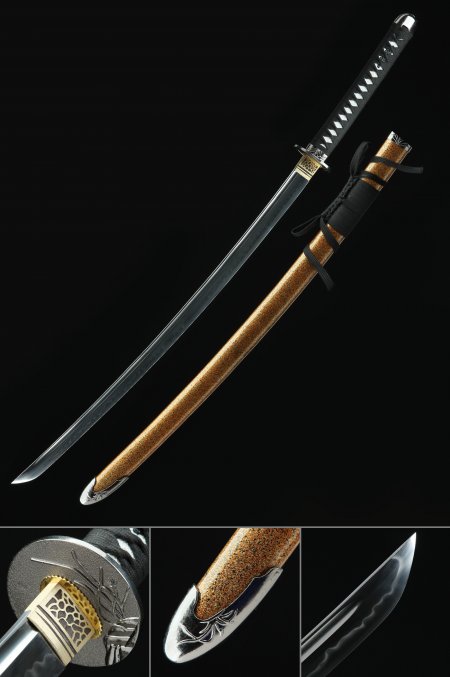
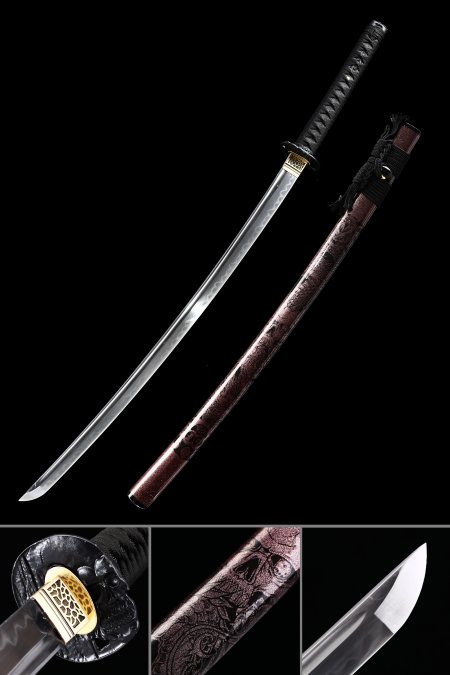
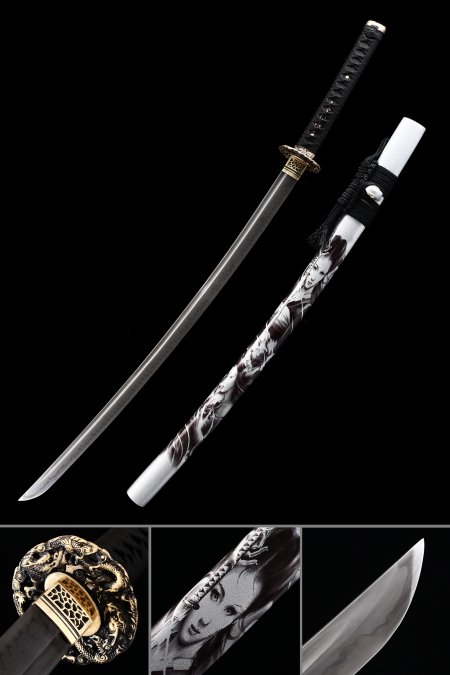
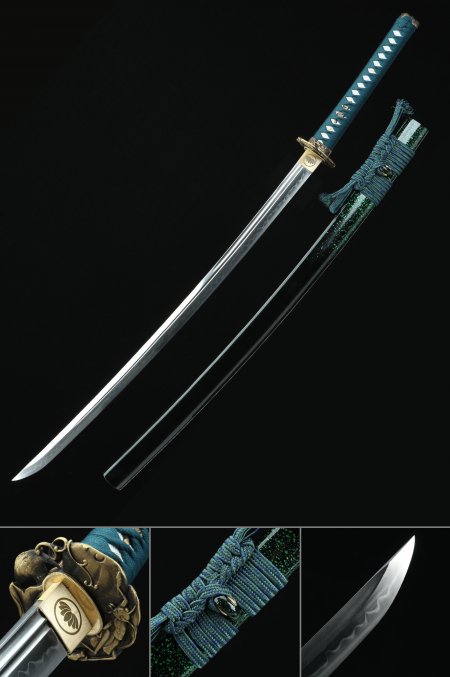
Very pleased with the quality the order.was shipped promptly too.very sharp too so be careful kiddos.
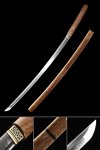 |
Handmade Japanese Shirasaya Katana Sword T10 Carbon Steel Real Hamon Without Tsuba |
TrueKatana is a professional sword maker and a superior company to deal with. They are fast and built quality SWORDS. Thank you for a wonderful experience.
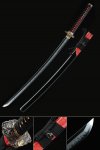 |
Authentic Japanese Katana T10 Carbon Steel Hand Forge |
Fantastic Sword for the price; I’ve never seen a pink katana before so I just had to have it!
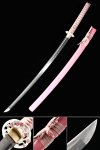 |
Handmade Japanese Katana T10 Carbon Steel Clay Tempered With Pink Scabbard |
great product! The blade is balanced and the handle feels great
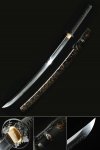 |
Handmade Japanese Katana Sword T10 Folded Clay Tempered Steel With Silk Thread Scabbard |
The swords came in better than what I was expecting in quality and appearance. I even had a buddy who knows katanas well, and he rated these as a very good quality sword.
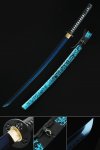 |
Handmade Japanese Samurai Sword With Blue Blade And Scabbard |
Just what I was looking for. Just beautiful, high quality sword. Very happy, thanks...
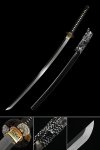 |
Authentic Japanese Katana Sword T10 Folded Clay Tempered Steel Razor Sharp |
The katana arrived in 7 days. It is a beautiful blade and cuts smoothly and precisely.
 |
Handmade Japanese Katana Sword T10 Folded Clay Tempered Steel With Silk Thread Scabbard |
The buying process was made smooth and easy by much of their educational materials that are available on their web site. I wsa able to choose a proper katana suited to my needs in the dojo. The price was excellent. I received the sword promptly and safely and the product is very good.r
I don't know what more I could ask of a vendor other than great product and excellent service.
 |
Handmade Japanese Katana Sword T10 Folded Clay Tempered Steel With Silk Thread Scabbard |
It’s cool looking sword but realizing that’s it’s really bright pink makes me look gay asf so imma buy a different looking blade that has a better sheathe
 |
Handmade Japanese Katana T10 Carbon Steel Clay Tempered With Pink Scabbard |
Love the Look of it online, but unfortunately the Dragon Carving is not as prominent as shown on the website. I’m not sure if this is on purpose or not but it seems that the lacquer/ varnish was over done and it covered the dragon carving to the point that it makes it almost invisible/ not easily seen.
Other than that I think that the Sword is amazing the Handle and the Tsuba are fitted great, I do wish that the Tsuba had a dragon design instead to match the Saya (sheath) but it’s sharp and feels really good in your hands.
If you want to buy it I’d double check regarding the Saya (Sheath) dragon carving and if it’s supposed to be dark like that or not.
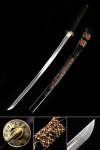 |
Handmade Japanese Katana Sword T10 Folded Clay Tempered Steel Real Hamon |
Overall the sword is a nice looking wall hanger. But I am concerned about the quality of materials used. They used plastic on certain parts of handle that should be metal and I think the hamon is faked with an acid etch and not a real one caused by differential hardening like they said. I also have no idea if this is real T10 the fake acid etch is concerning if it is because T10 needs a quality differential hardening to be the heat steel that it can be. For the price it’s at I would expect at least no plastic on the sword but at least it looks nice on a wall.
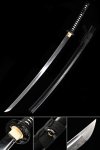 |
Handmade Japanese Katana T10 Carbon Steel Hand Forged With Black Scabbard |
Authentic Japanese Katana Sword T10 Folded Clay Tempered Steel Real Hamon TK-JP-KT19135 . I am very pleased with the quality of this sword. Everything fits nice and tight, there is no blade rattle once in saya. The Tsuba (Guard) and Kashira (pommel) show no casting imperfections. The Tsuka ito (Cord Warp) is the best I have felt. All parts are of quality. Although I haven't used it Tameshigiri (test cutting), I expect the blade to perform well. Small negatives - first, be in no hurry to receive the sword...3.5 weeks for me. Second, the list of "Do not ...." with this sword seems excessive and sometimes humorous.
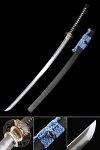 |
Authentic Japanese Katana Sword T10 Folded Clay Tempered Steel Real Hamon |
The Japanese Daisho Set appears to be very nice aesthetically. Will make a nice display set.
 |
Real Hamon Japanese Daisho Set Shirasaya Katana, Wakizashi And Tanto Sword Without Tsuba 3 Set |
Good service got my sword fast and well crafted swords
 |
Handmade Japanese Shirasaya Katana Sword T10 Carbon Steel Real Hamon Without Tsuba |
loved it had to order me a tachi to complete the set😍
 |
Handmade Japanese Katana Sword T10 Carbon Steel Real Hamon With White Scabbard |
It’s really good and it looks even better. I’d say the katana I bought is worth it whether you buy it on sale or full price I highly recommend it
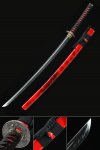 |
Handmade Japanese Sword T10 Folded Clay Tempered Steel With Red Scabbard |
As advertised. Beautiful piece, and quick response from the moment of order.
 |
Handmade Japanese Shirasaya Katana Sword T10 Carbon Steel Real Hamon Without Tsuba |
Both items arrived packaged extremely well and in good shape. They both appear and feel to be of outstanding quality, and I'm very happy with my purchases!!
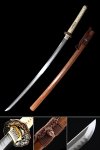 |
Handmade Japanese Samurai Sword T10 Folded Clay Tempered Steel With Brown Scabbard |
I got everything as advertised and in excellent condition! It even arrived in a very short time for international shipping! Pleasantly surprised by this company and will most likely order again.
 |
Real Hamon Japanese Daisho Set Shirasaya Katana, Wakizashi And Tanto Sword Without Tsuba 3 Set |
Fast shipping, good build for the price. The materials used outside of the blade itself are light (inexpensive) so the sword feels light. But I didn’t purchase a $8000-$12000 katana, so I’m happy with this sword for its price. Would buy again from TrueKatana.
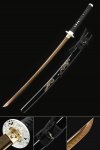 |
Handmade Japanese Katana T10 Carbon Steel With Rose Gold Blade |